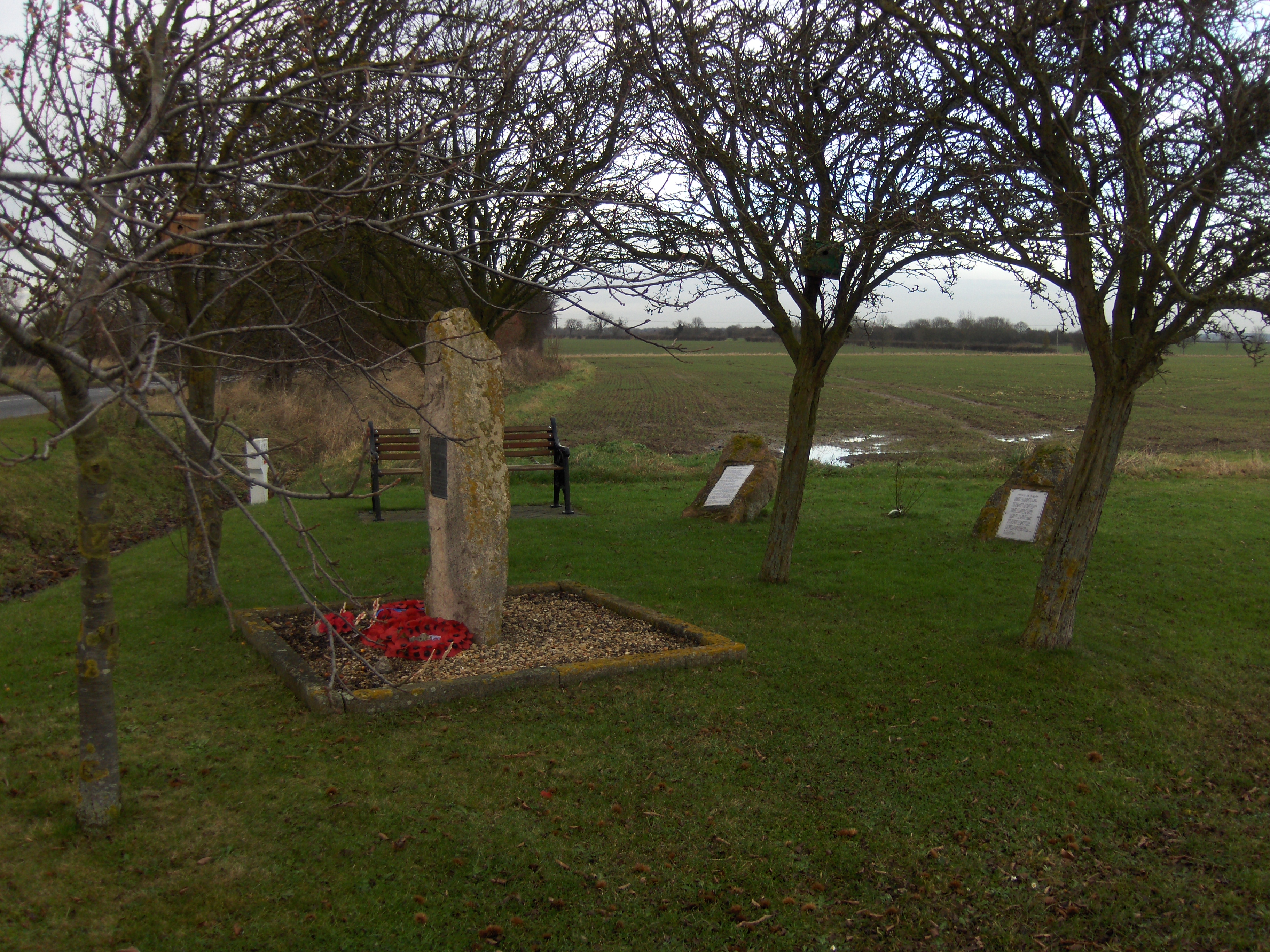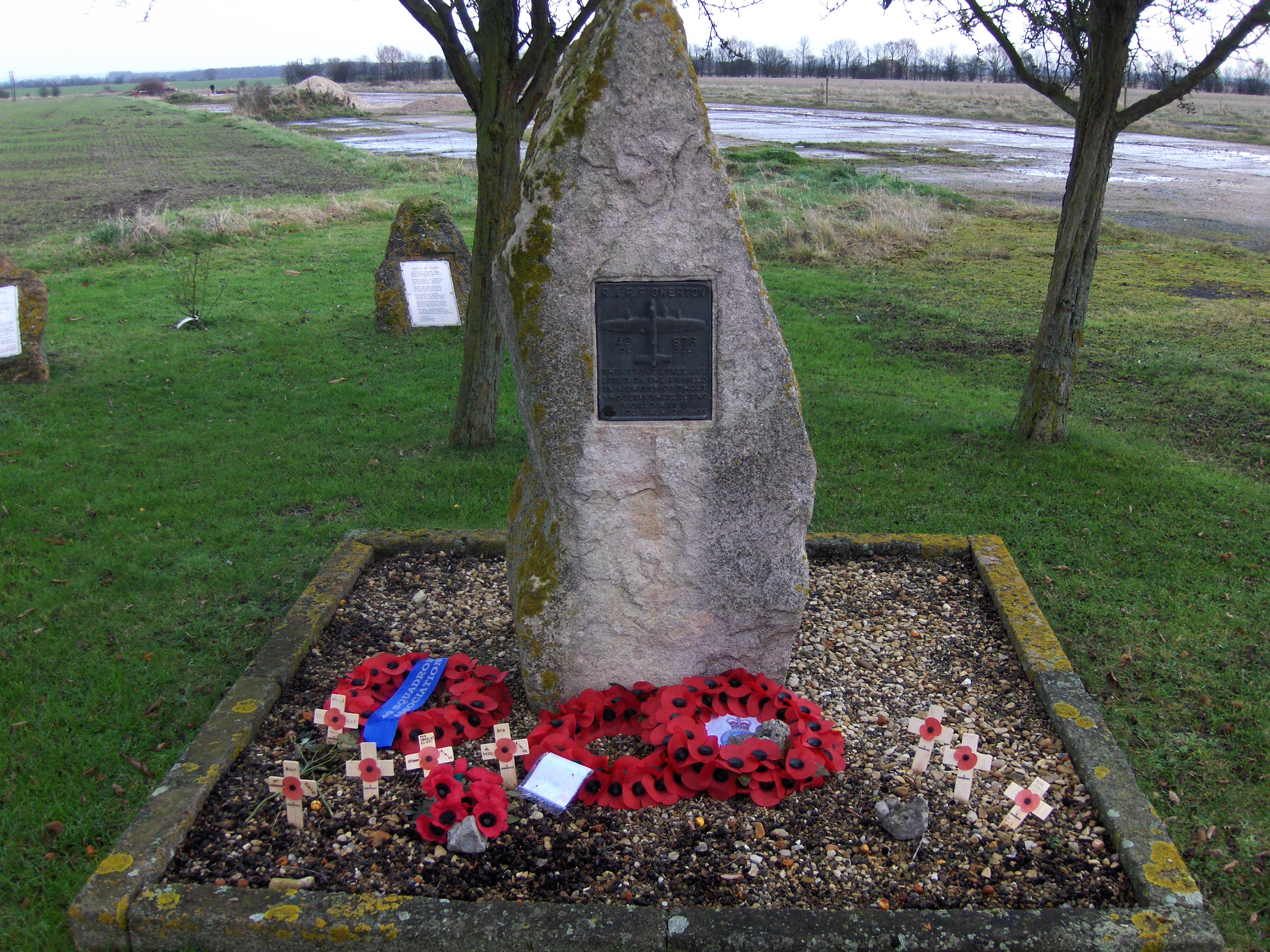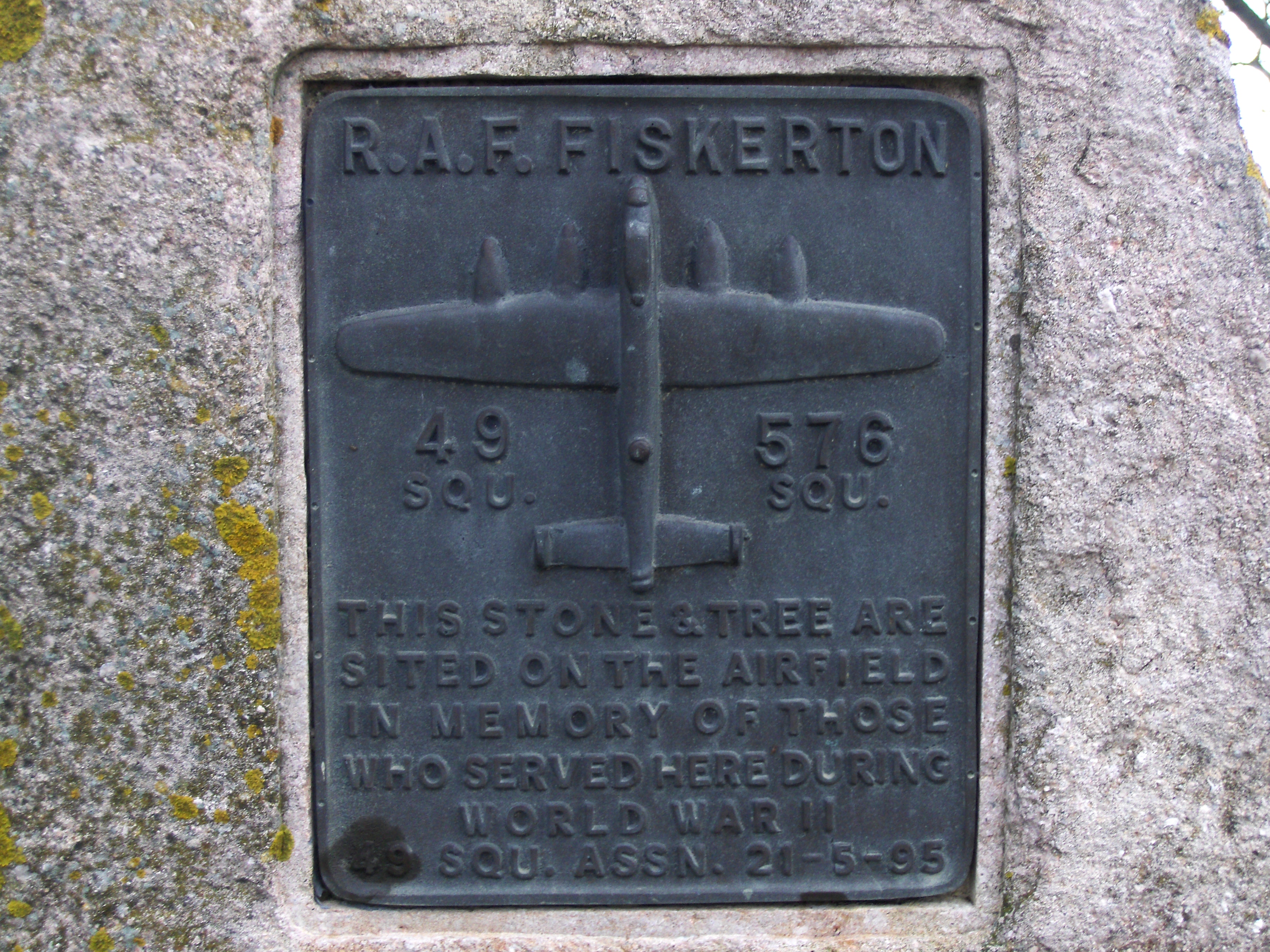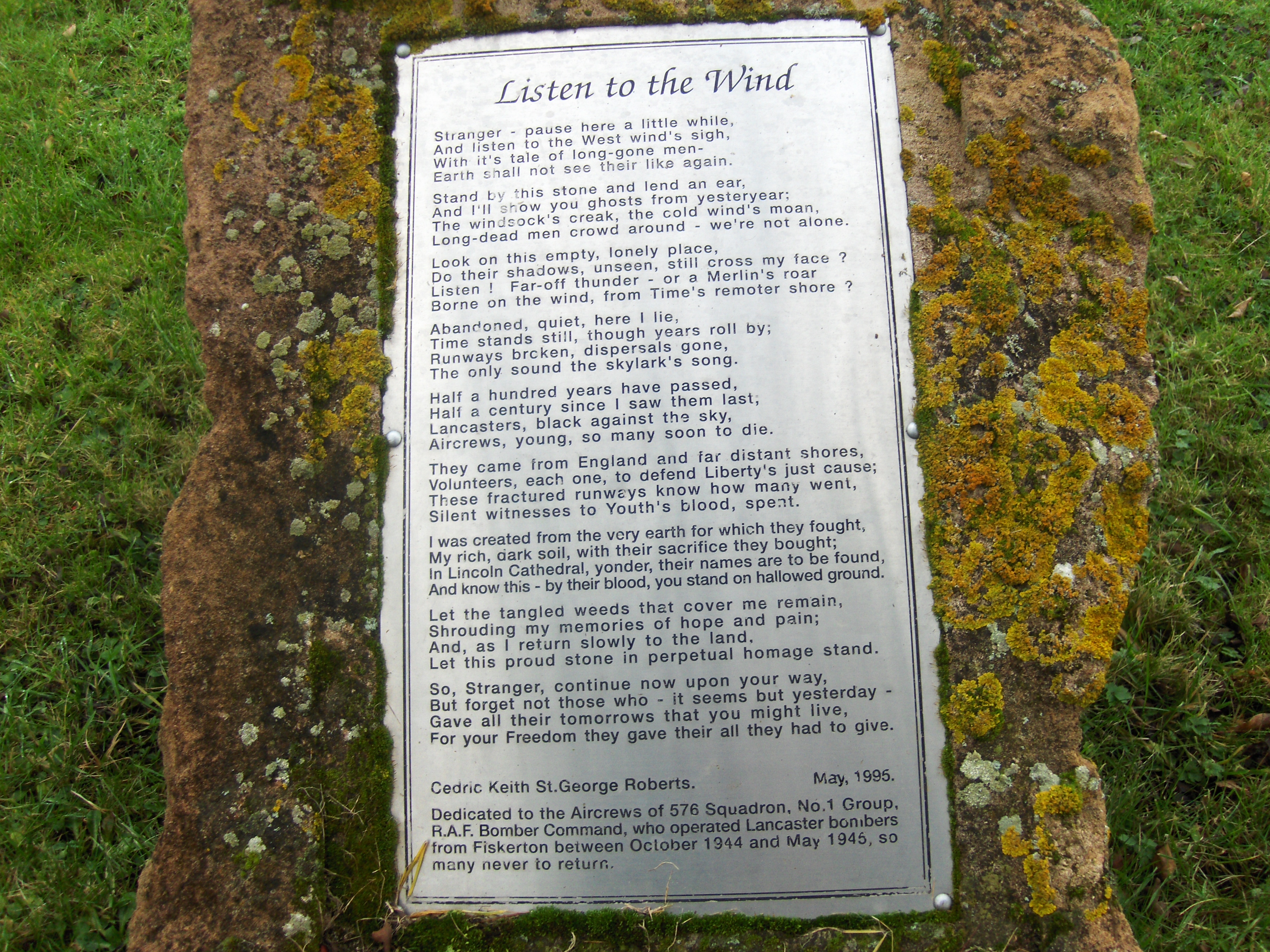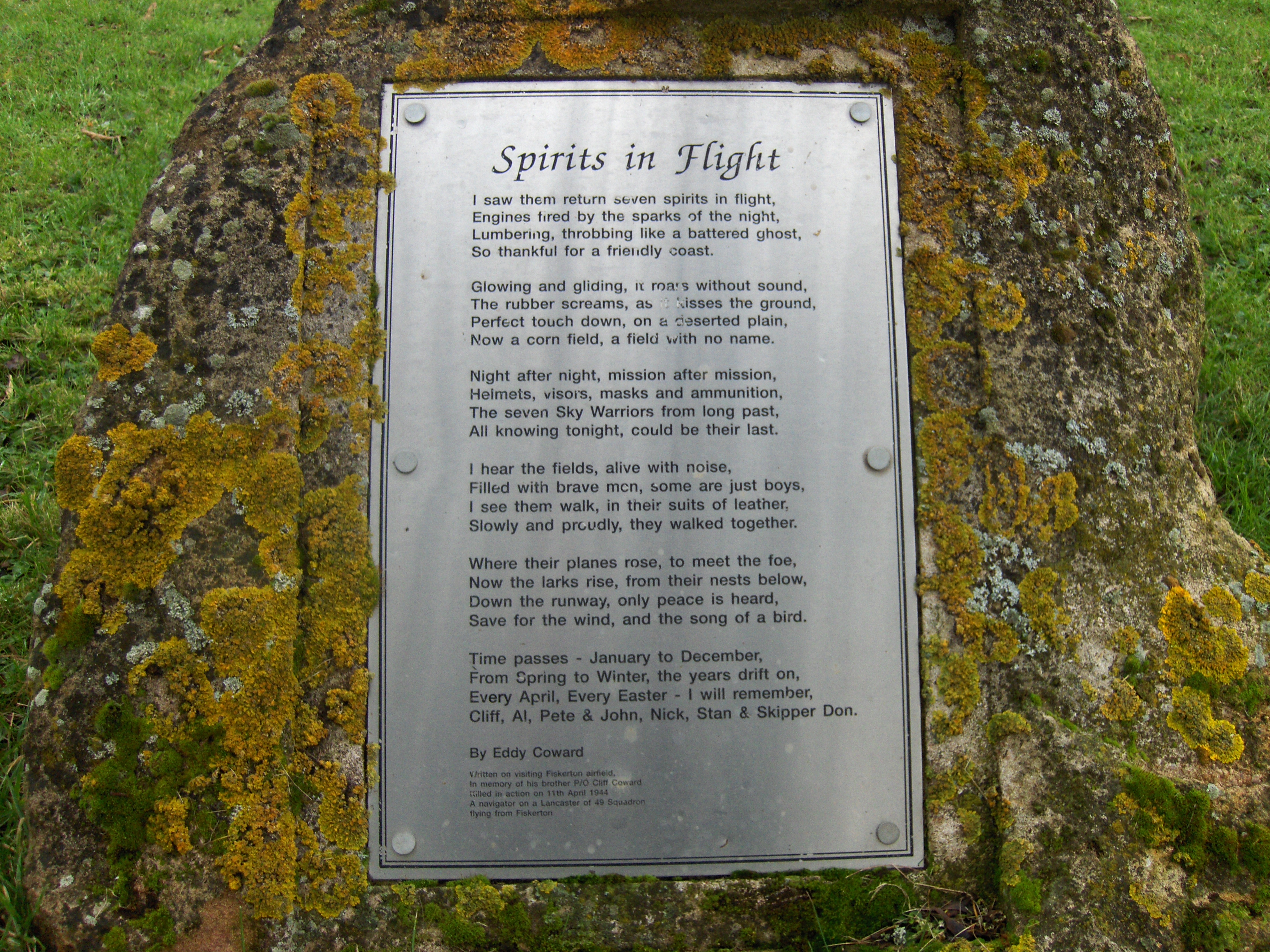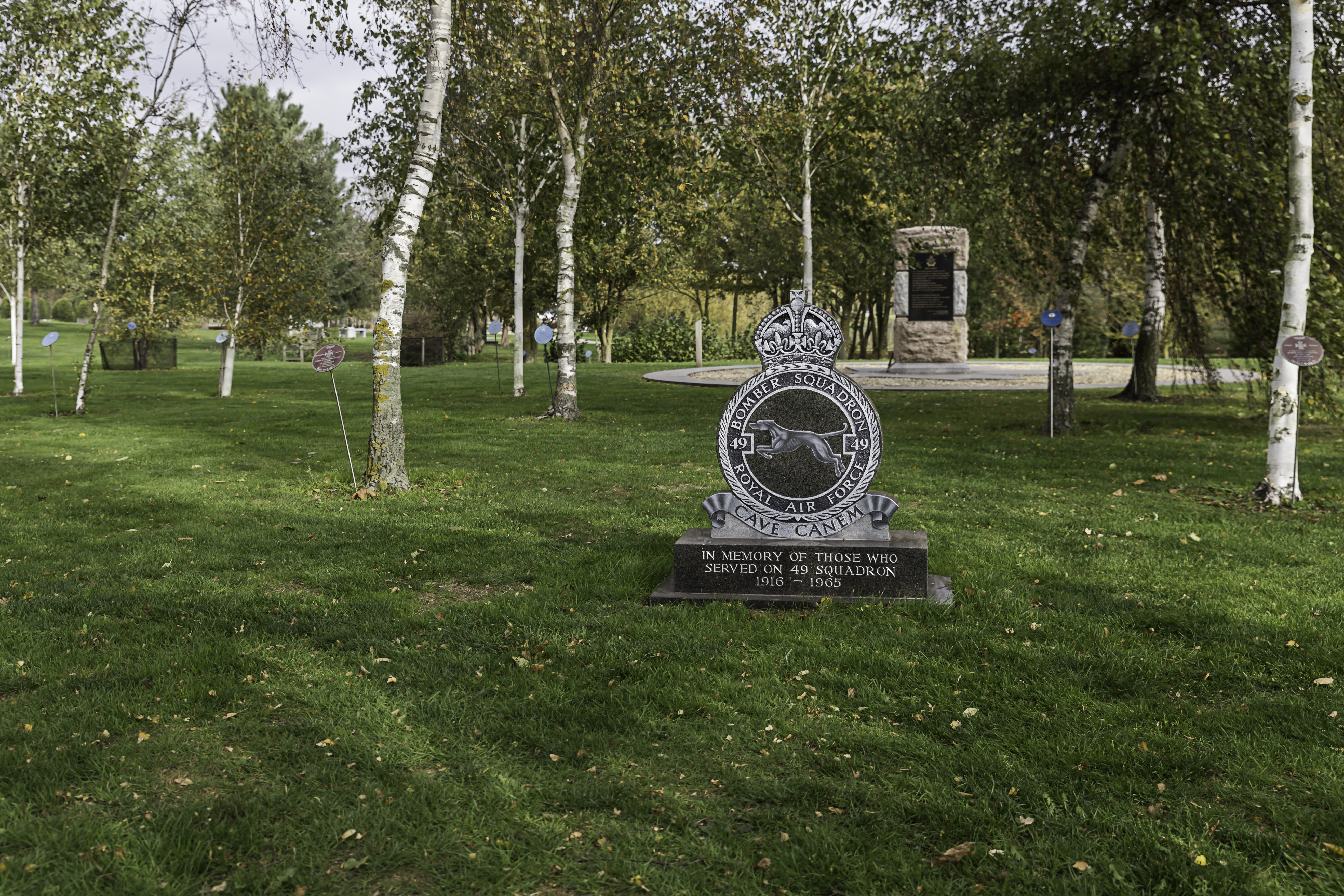Woodroffe, John
Personal Information
| Rank | G/C |
| Forename(s) | John |
| Surname | Woodroffe |
| Gender | M |
| Age | 43 |
| Decorations | DSO, DFC* |
| Date of Death | 09-10-1957 |
Aircraft Information
| Aircraft | Boeing B-47 Stratojet B1 |
| Serial Number | 51-2177A |
| Markings |
Memorial Information
| Burial/Memorial Country | United Kingdom |
| Burial/Memorial Place | Wittering (All Saints) Churchyard |
| Grave Reference | |
| Epitaph |
IBCC Memorial Information
| Phase | Post-War |
| Panel Number | POST (not yet erected on site) |
Enlistment Information
| Service Number | 40777 |
| Service | Royal Air Force |
| Group | |
| Squadron | 49 |
| Squadron Motto | Cave canem (Beware of the dog) |
| Trade | Pilot |
| Country of Origin | United Kingdom |
Other Memorials
| Location | Fiskerton Airfield (Disused) Reepham Rd, Lincolnshire |
| Country | United Kingdom |
| Memorial Type | Memorial Stones with inscribed Metal Plaques |
| Memorial Text | RAF Fiskerton. This stone and tree are sited on the airfield in memory of those who served here during World War II |
| Location | The National Arboretum, Alrewas, Staffordshire |
| Country | United Kingdom |
| Memorial Type | Inscribed Stone Memorial |
| Memorial Text | In memory of those who served on 49 Squadron 1916-1965 |
Miscellaneous Information
| Flew 9 operations with 49 Squadron and later became a Master Bomber. In 1957 he was the Station Commanding Officer at Wittering while 49 Squadron were. |
| Joint citation for his first DFC, which was promulgated on 22 September 1944 in the London Gazette, which also cites 175913 F/O Robert Robb Ormiston: "One night in July, 1944, these officers were captain and air bomber in an aircraft detailed to attack Givors. The operation called for a high degree of skill. En route bad weather was encountered. Nevertheless, Wing Commander Woodroffe reached his difficult target at the prescribed time. By now the weather had considerably worsened. Undeterred, Wing Commander Woodroffe persisted in his efforts to identify the precise target and, in the face of most trying conditions, executed a successful attack. Throughout, Pilot Officer Ormiston displayed the highest standard of efficiency and played his part worthily in the success obtained. These officers set an example of courage and resolution of the highest standard." The Bar to his DFC was awarded on 31 October 1944 while he was with 61 Squadron. His DSO was promulgated on 13 February 1945 and the citation reads: "Since being awarded a Bar to the DFC, this officer has completed a number of difficult and dangerous sorties. On several occasions his aircraft has been hit and damaged by anti-aircraft fire but W.Cdr. Woodroffe has completed his missions successfully. Throughout an outstanding operational career, this officer has displayed the highest qualities of leadership and great bravery. His example both in the air and on the ground has been most inspiring." |
| Date of birth 30 August 1914 |
Last Operation Information
| Start Date | 09-10-1957 |
| End Date | 09-10-1957 |
| Takeoff Station | Pinecastle Airforce Base, Florida, USA |
| Day/Night Raid | Day |
| Reason for Loss | On board a Boeing B-47B aircraft of 447th Bomb Squadron, 321st Bomber Wing during a practice demonstration when the aircraft blew up in mid-air. He was overseeing a bombing competition in which the RAF had a Valiant aircraft taking part. The aircraft came down north of downtown Orlando. The pilot, Colonel Michael Norman Wright McCoy, the CO of Pincastle AFB, was also killed in the crash and the base was later named McCoy AFB in his honour. |
